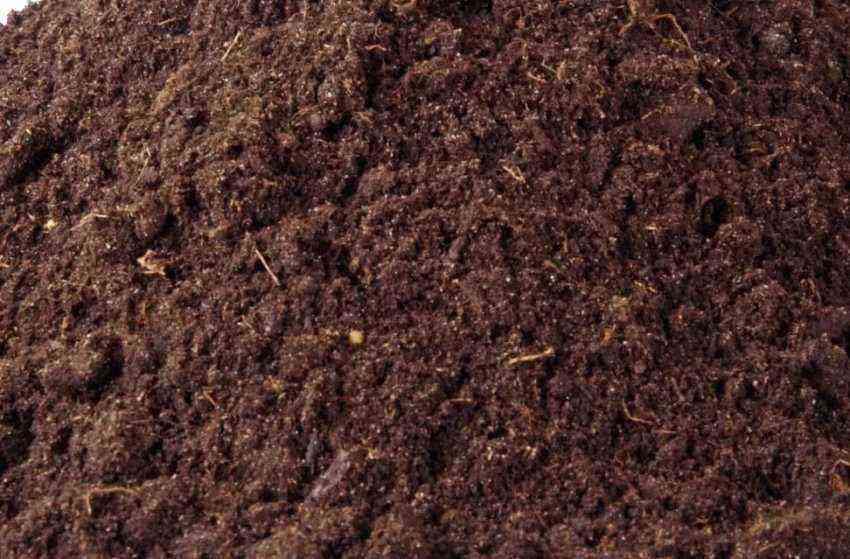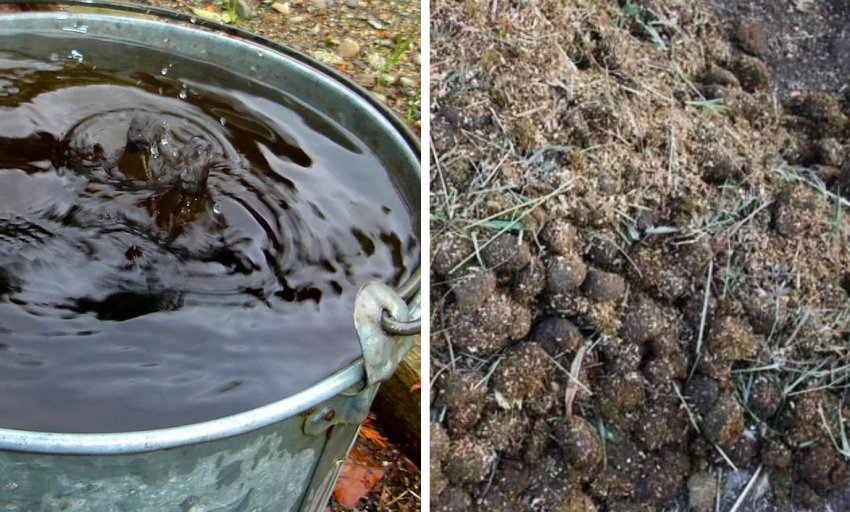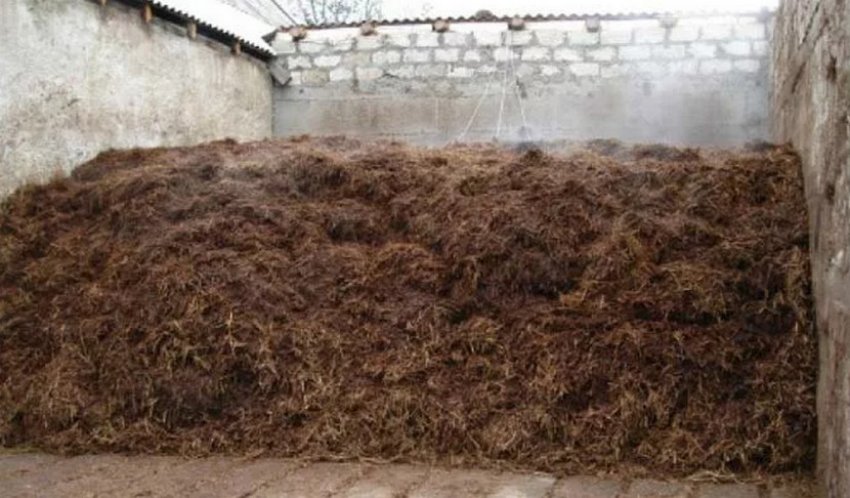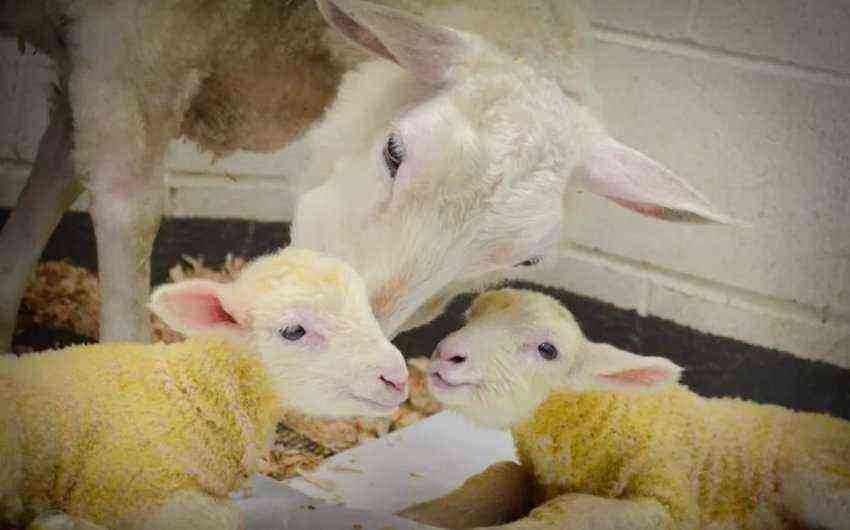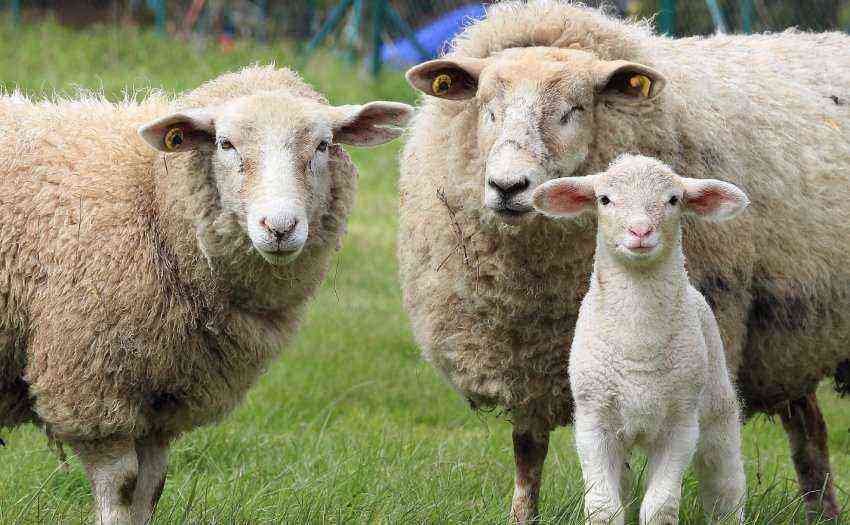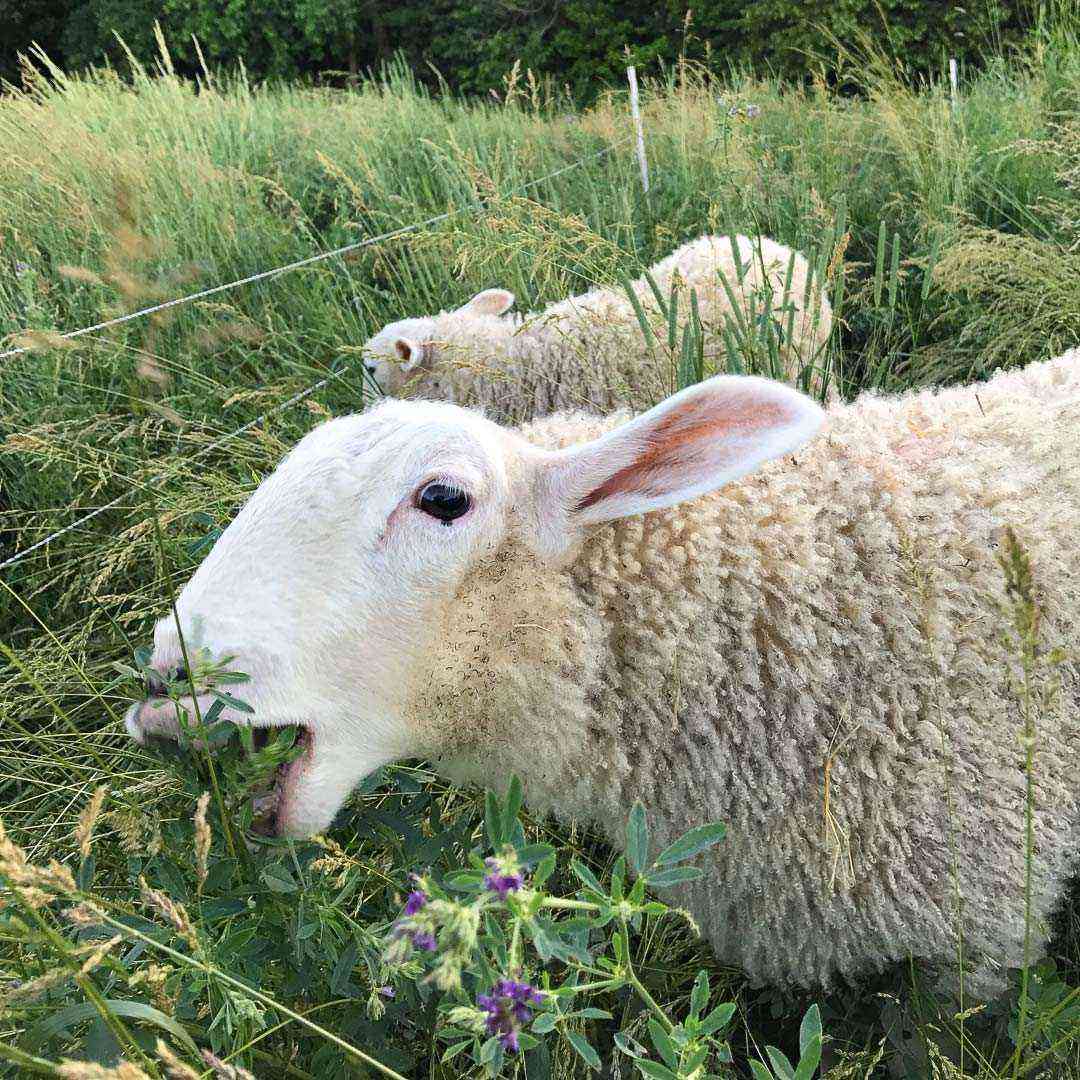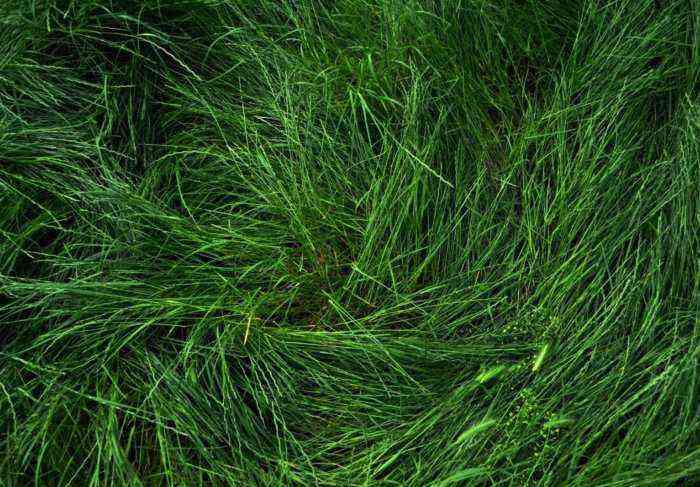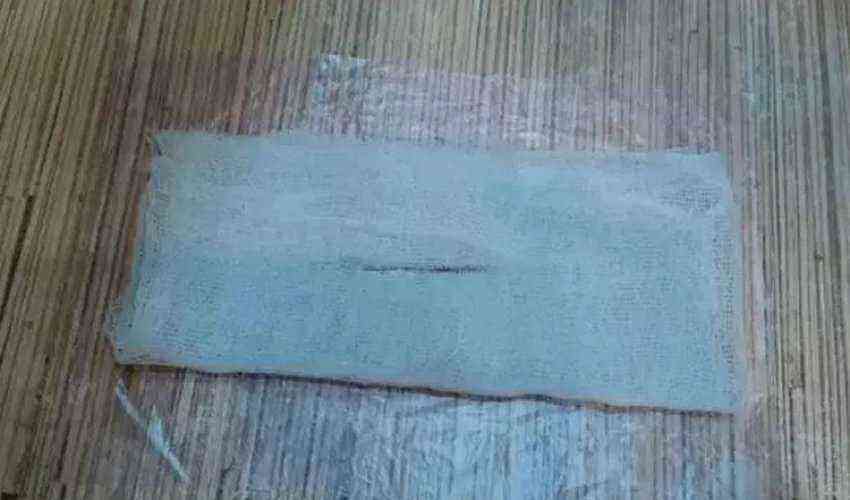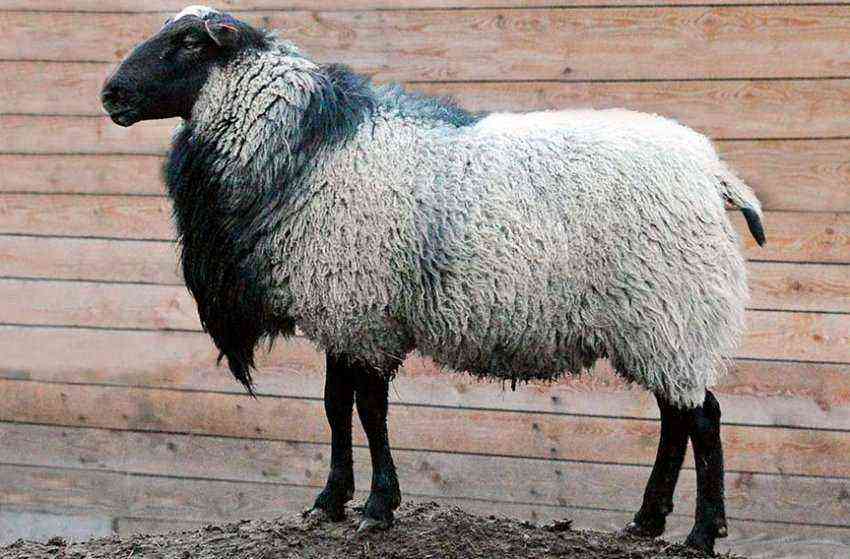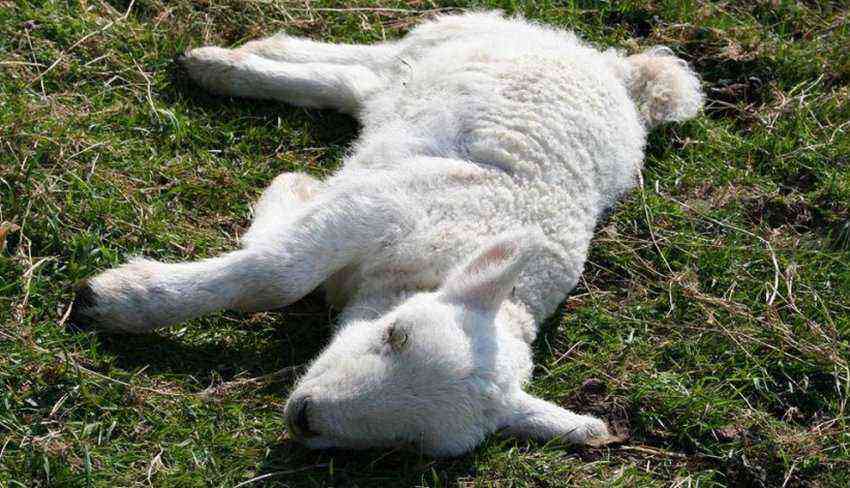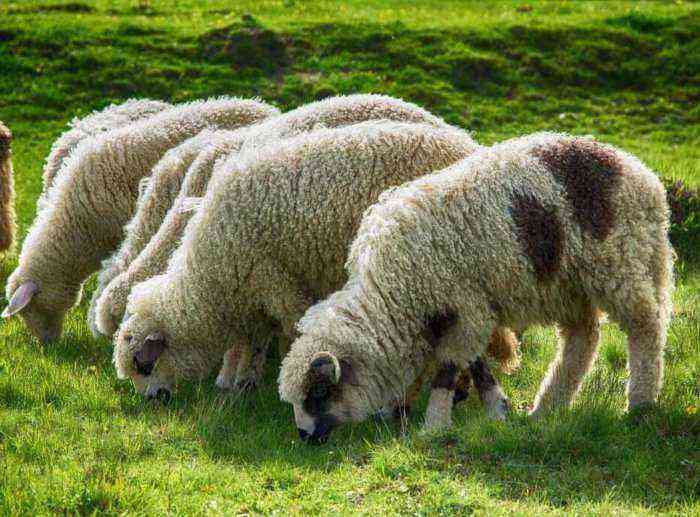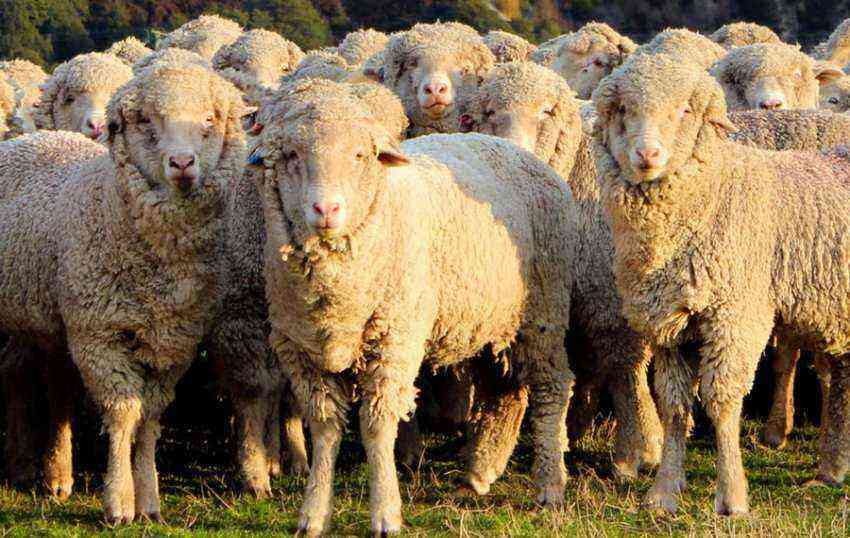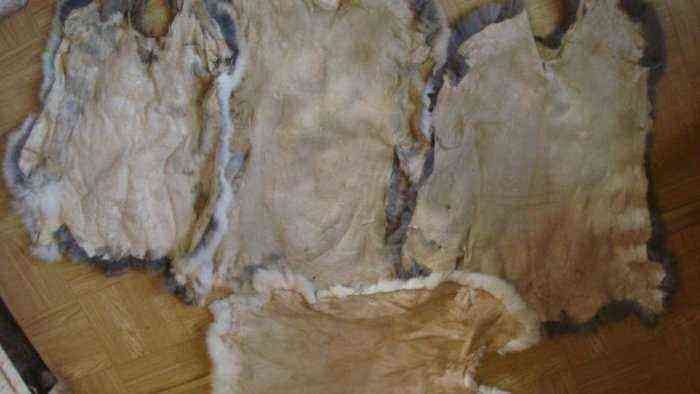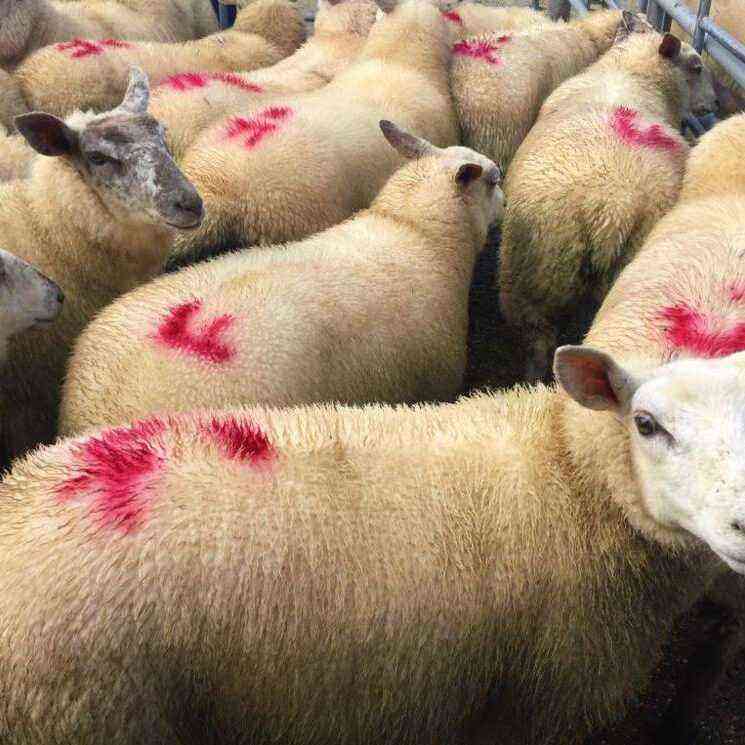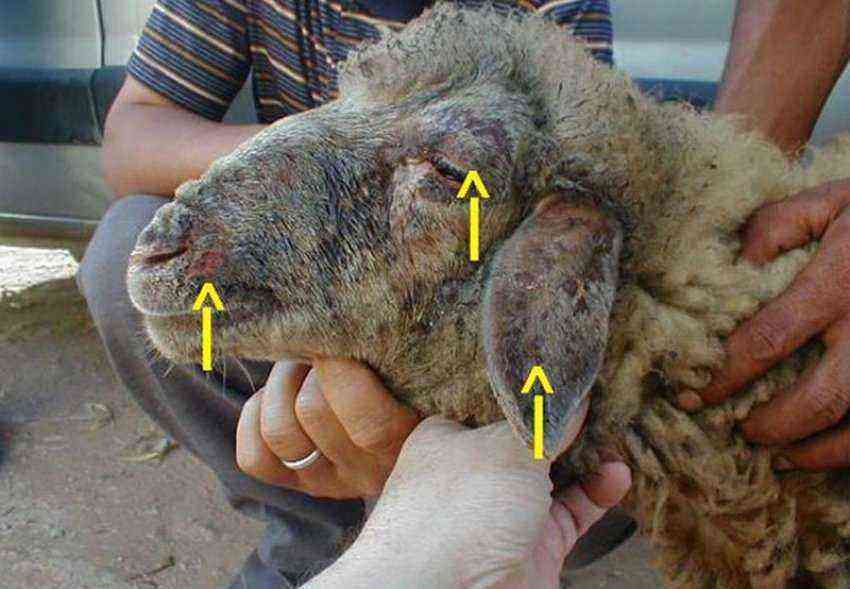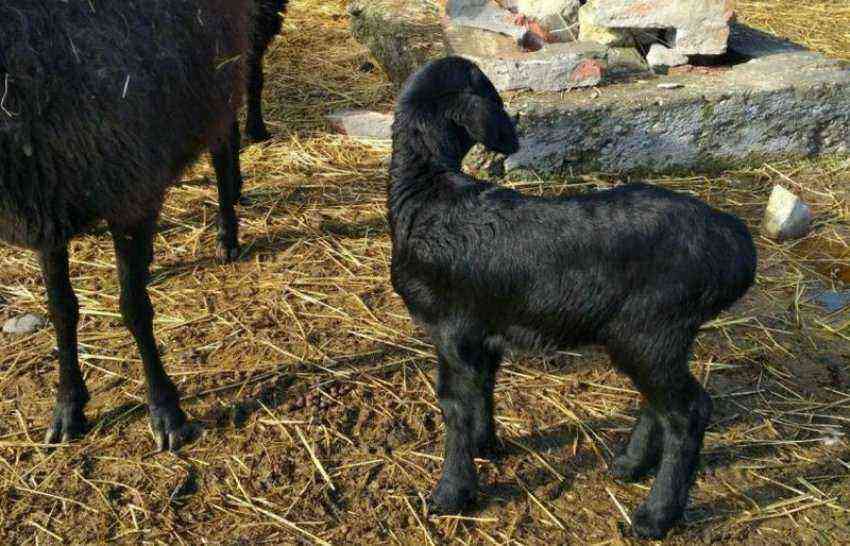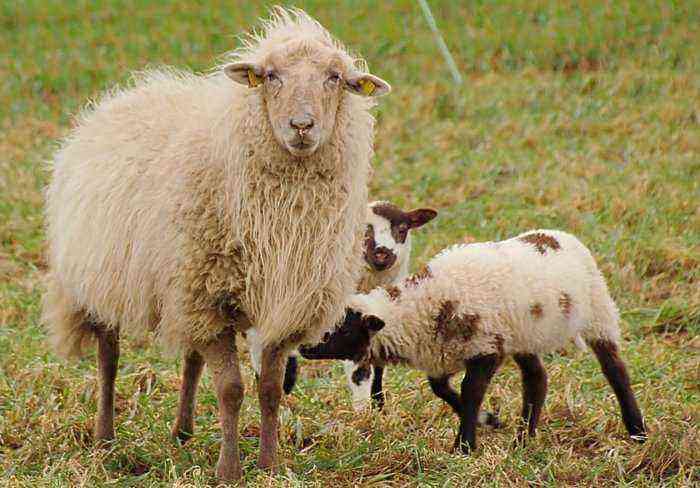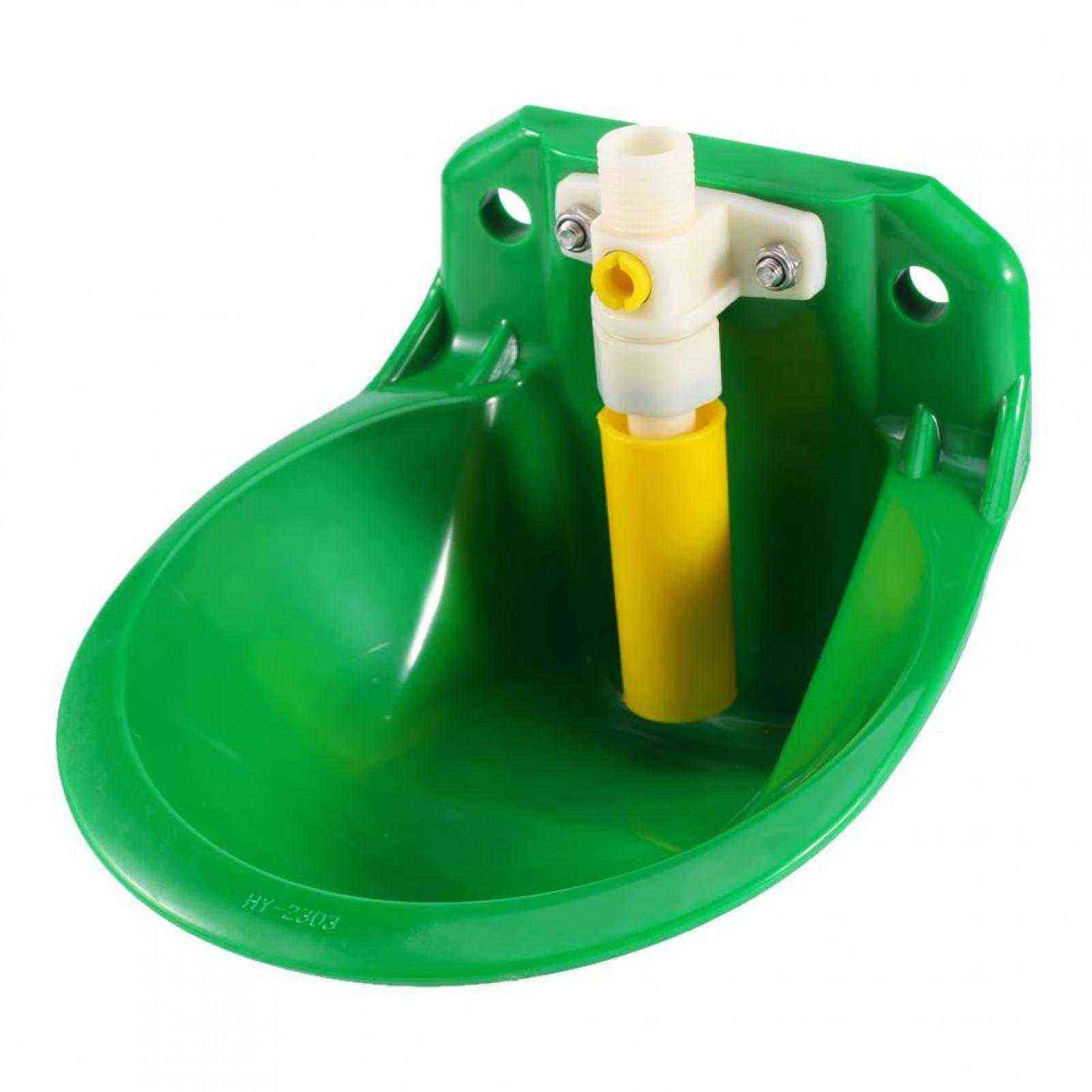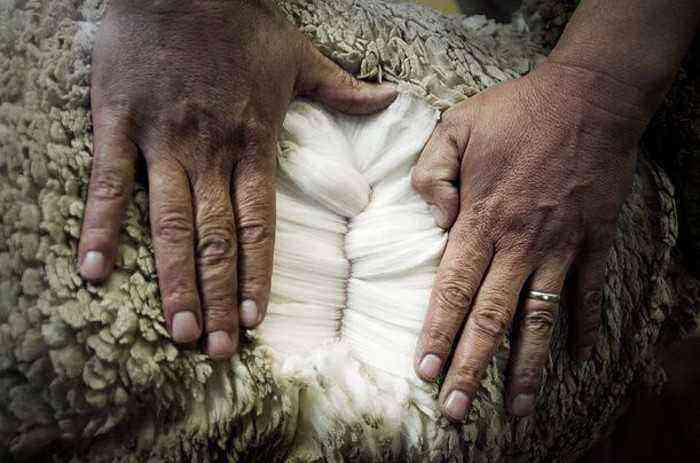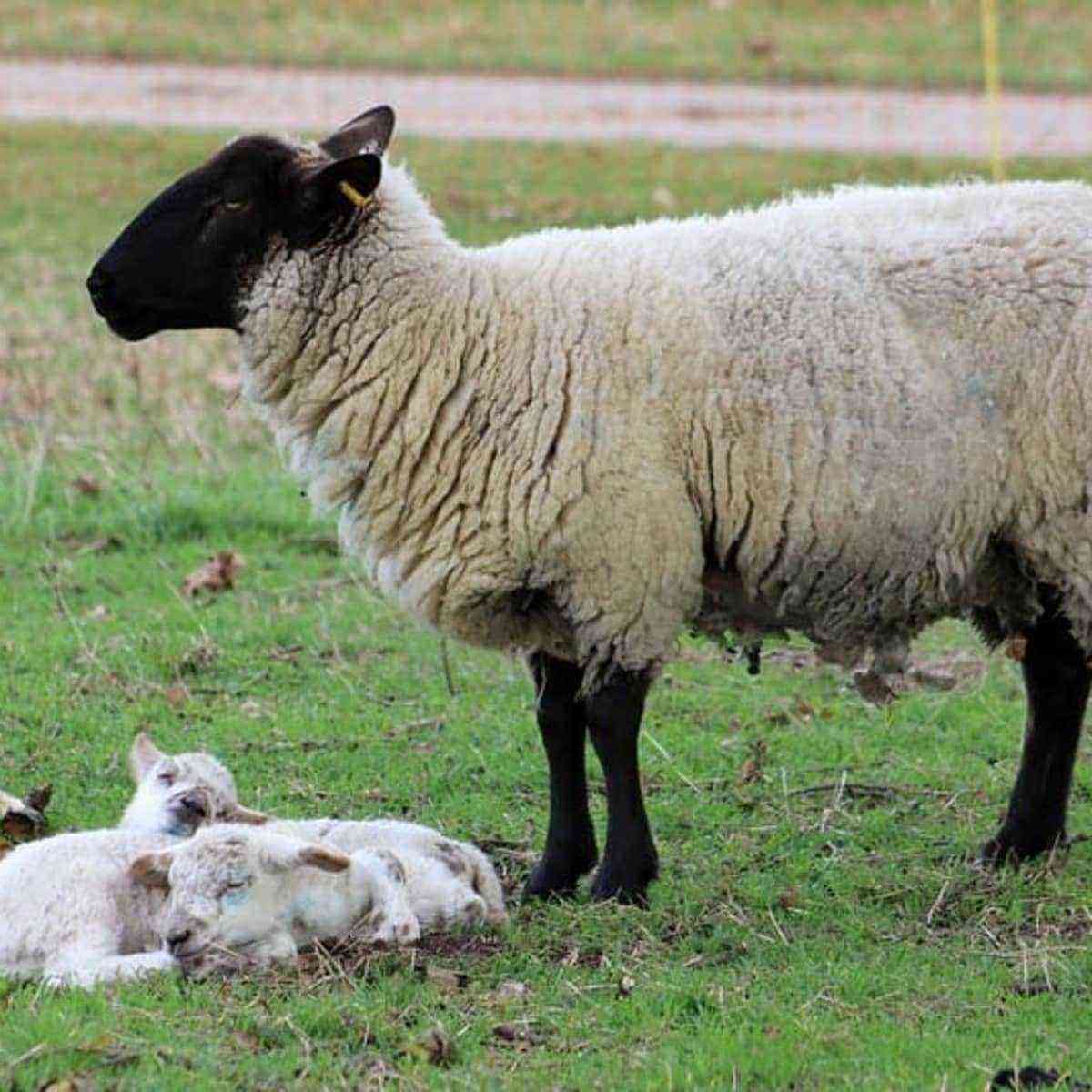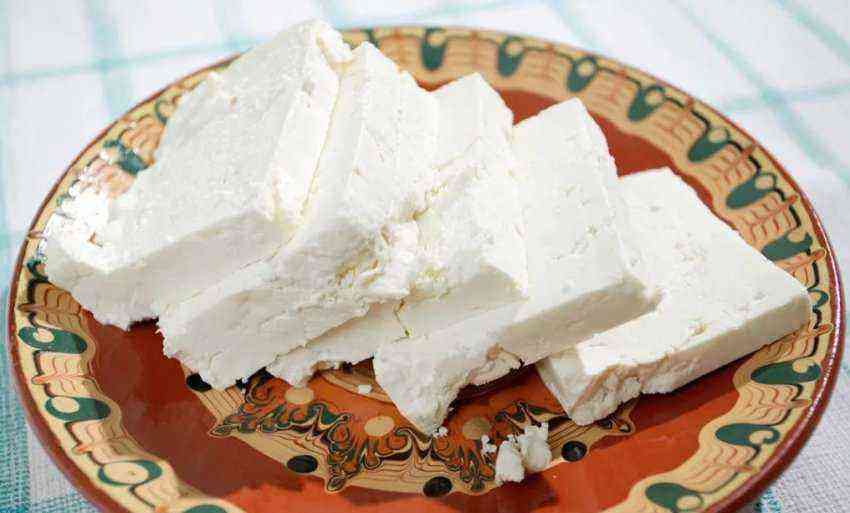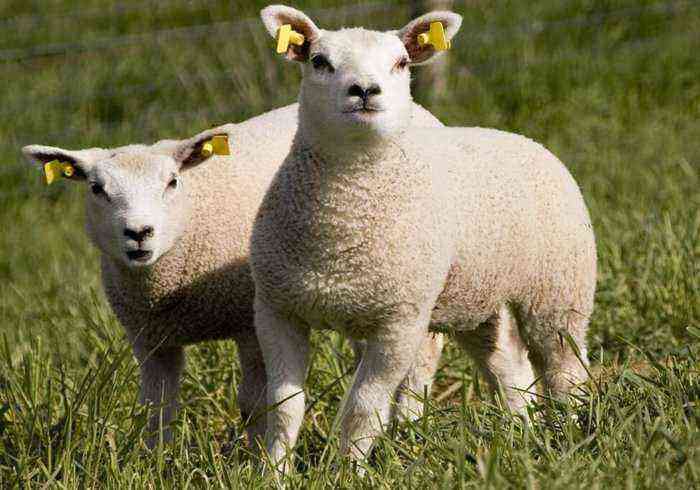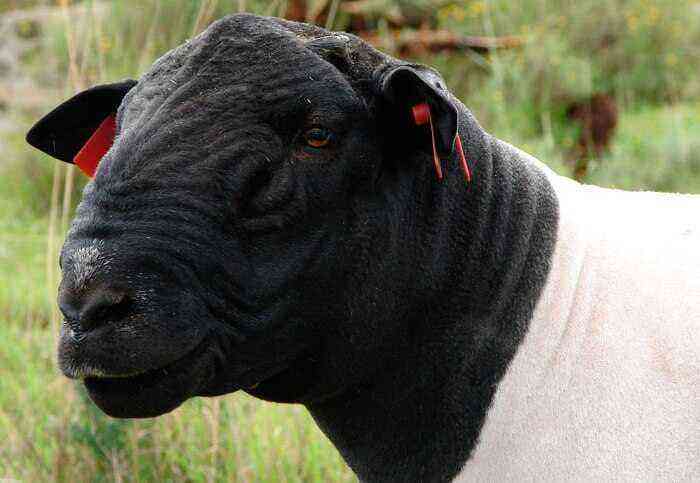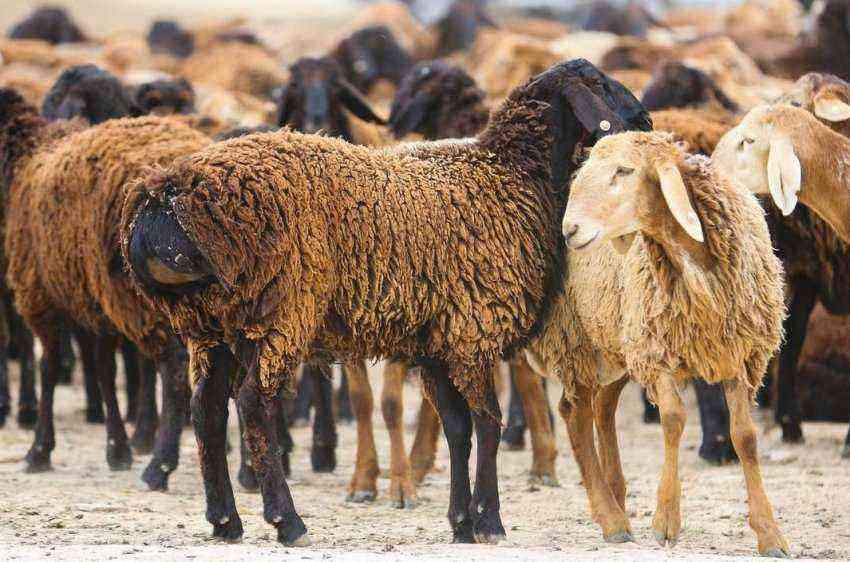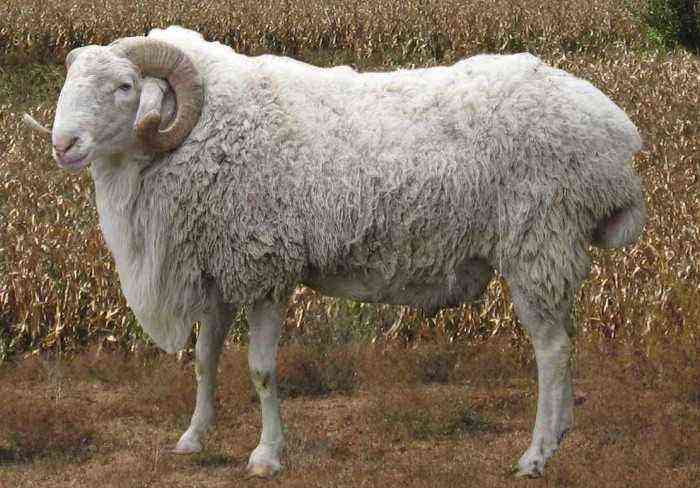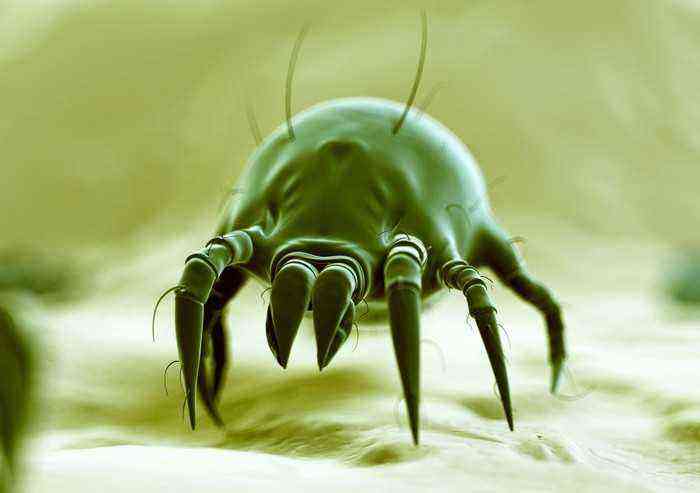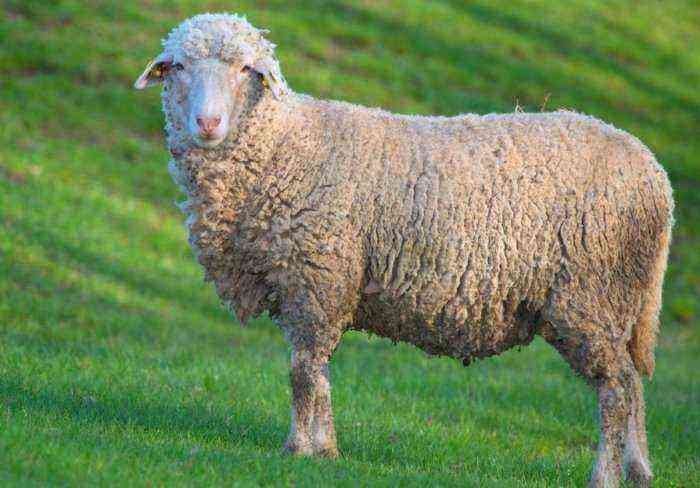Most often, summer residents use cow dung or humus based on it to fertilize a plot for a vegetable garden, but there are also more effective top dressings using manure from other farm animals. A good example of such effective compounds is sheep fertilizer, and what exactly it stands out from the rest and what you should know about the features of its use – read on.
Sheep manure: chemical composition in%
Fresh manure and fermented humus based on it have a similar chemical composition, however, the distribution of nutrients in different forms of fertilizer can also have certain differences.
manure
It is better not to use this product fresh and not diluted, due to the high nitrogen content. However, in addition to it, there are other useful components in manure, and the main ones are as follows:
- water – approximately 65% of the total volume of fertilizer;
- organic matter – 31,8%;
- potassium – 0,67%;
- nitrogen – 0,83%
- calcium – 0,33%;
- phosphorus – 0,23%.
Depending on the nutrition of sheep, storage conditions and the duration of infusion of the product, the amount of each component may vary, therefore, for humus, the indicated figures will become irrelevant.
Did you know? A distinctive breed feature of sheep is not wool and not even the size of the animal, but the characteristics of the tail. The longer and thicker this part of the body, the more valuable the breed is considered.
Humus
Humus is a substance obtained after the completion of the last stage of decomposition of fresh manure. Usually it is presented in the form of a dark mass that has lost up to 75% of the organic component. But even in this form, organic matter is suitable for creating soil mixtures and for mulching the surfaces of beds with crops.
At the end of the process of decay, the amount of phosphorus, nitrogen and potassium in the described fertilizer increases, while the other values uXNUMXbuXNUMXbmay decrease slightly. To increase the nutritional value of top dressing, before laying manure for processing, it is worth adding the greens of melons, corn, peppers, tomatoes and other vegetable crops to it, the main thing is that they show no signs of damage by diseases or pests. On average, ready-to-use manure fertilizer is obtained no earlier than 1-2 months after laying on humus.
Benefit and harm
Both sheep manure and humus based on it have many positive properties that distinguish this variety from other organic options (for example, cow, pig or bird droppings).).
- The main advantages of use include:
- the release of a large amount of heat during decomposition, which is important when growing heat-loving crops in greenhouses;
- no unpleasant odor after excrement has dried;
- more economical consumption due to the small amount of water in the composition (much less fertilizer is required per 1 m² of plantations compared to other types);
- universal purpose, which allows the use of sheep excrement for fertilizing beds with a wide variety of vegetable crops;
- the possibility of productive use as a mulching component;
- higher nitrogen content, which in some cases is necessary to normalize the state of the aerial part of vegetable crops;
- the possibility of effective use in greenhouses as a biofuel, but only if sheep manure is mixed with horse manure (a 30-cm layer of nutrient mixture laid under the soil allows you to organize warm beds so that plants in greenhouses grow and develop better).
- As for the shortcomings, they include:
- the difficulty of obtaining a sufficient amount of organic matter in some regions of the country (cows and pigs are more common than sheep in private farms);
- the need for careful and dosed application of the substance, since an excessive amount of manure can burn the root system of grown plants;
- high nitrogen content (some gardeners consider this a minus), especially when growing root crops. This opinion is very subjective, and with a competent approach to the creation of ready-made working fertilizer, there will be no problems with this.
Using
Sheep manure is suitable for fertilizing almost any horticultural crop, for which it is valued by farmers. At the same time, it is important to choose the right form of nutritional composition for each individual case, because it is often better to replace even a diluted fresh product with full-fledged rotted humus.
Did you know? Sheep are far from stupid animals, therefore they are able to recognize their shepherd among many others. To verify this, you can mix three herds, and then step aside and call your sheep to you. — make sure the rest stay put.
As a liquid feed
The easiest way to create a fully prepared sheep manure fertilizer is to mix it with clean water (proportion – 1: 1) and infuse for a week in a dark place. Before applying the infusion, it is once again diluted in water, only this time 10 parts of water should fall on one part of the fertilizer. It is better to pour the liquid mixture not under the plants themselves, but into small furrows dug at a distance of at least 10 cm from the stem part of the culture.
The use of fresh sheep manure is appropriate in the following cases:
- in the spring to fertilize the site for the spring planting of seedlings (you can shed the soil in the right places, and the melt water will spread the fertilizer throughout the garden);
- three weeks before planting seedlings, manure can be dug up along with the soil and watered well again, achieving partial dissolution of organic matter;
- in autumn, for digging, manure liquid is poured into empty beds so that during the winter season the nutrients are completely decomposed, and part of the nitrogen leaves the ground;
- for heating greenhouse beds – however, in this case, you should be extremely careful, because nitrogen actively releases excess gases into the atmosphere.
Important! Do not plant sheep manure too deep, otherwise it will reduce its usefulness. The optimal value in this case will be the depth of the bayonet of the shovel, and if you need to speed up the process of decomposition of the fertilizer, then a week after the first application, you can dig the soil again.
Humus
Plants can be fed with humus not only in spring or summer, but also in summer, directly in the process of planting them on the site (sprinkling the fertilizer with earth, it is laid out in separate holes). An alternative application can be the organization of soil compositions when planting fruit trees, because humus retains the right amount of moisture well at the root system of young seedlings. However, to increase its nutritional value, you can add mineral fertilizers, wood ash and even fresh bird droppings, but in small quantities.
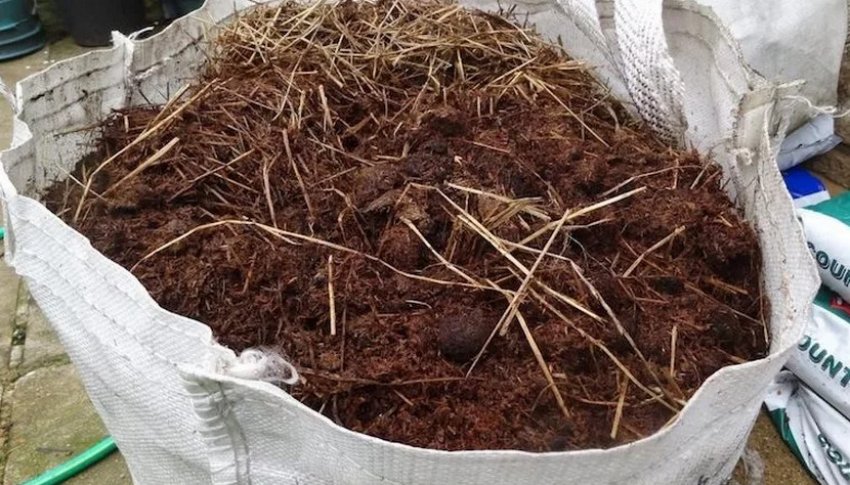
For digging, humus is introduced into the soil in a ratio of 1: 4, but in order to guess with the desired concentration, it is worth preparing the humus correctly. The most productive option is considered to be the layer-by-layer placement of fresh manure in special boxes with the rows being poured with phosphorus flour (20–30 g per 10 kg of manure) and moss peat (2 kg per 10 kg). It will take at least 5-6 months for the natural decomposition of organic matter (rotted manure), but as a result you will get a very valuable fertilizer for any type of garden crops. Completely rotted humus can be obtained no earlier than after 1–1,5 years of infusion.
Storage
You can store the collected sheep manure in several ways, which depend on the final purpose of its use. If there is still enough fertilizer in the country and there is no urgent need for a new portion of organic matter at the moment, you can put the litter for composting to get high-quality humus. Fresh liquid manure for daily use is stored a little differently, and for its further maximum effectiveness it is also worth observing certain conditions.
Composting
When laying organic matter on the compost, you cannot use the first container that comes across, even if it holds all the required amount of litter. The ideal solution in this case would be to create a pile in the form of two boxes at once: for cold storage and for hot composting. In the first case, we are talking about a completely closed structure, without the slightest gaps, so that the air entering inside does not cause the fertilizer to ignite.
The gardener is required to tightly fold the litter into a box (with ramming), and then cover the top layer with a small amount of soil and film. Such a shelter will retain the nitrogenous vapors of the fertilizer and will not reduce its nutritional value. During cold storage, the temperature inside the box used should be between +25…+30°C.

When hot composting sheep manure, the selected container must pass air well, which will activate the activity of the microorganisms inside. Ignoring this condition will stop the process, and the litter will begin to turn sour. The combination with other nutrients (plant residues from the garden, green manure plants and clean nutrient soil) should be done at a ratio of 40% slurry and 60% everything else.
It is noteworthy that when the compost is heated, the temperature inside it rises to +75°C, so neither insect larvae nor weed seeds can maintain their viability in such conditions.
Important! The plant composting process takes 9-12 months, but if you need to speed up the process, then simply mix the manure with a garden bacterial solution.
in liquid form
Storage of sheep manure in liquid form is relevant with a limited amount of organic matter. If you need to fertilize a large area with plantings, and the collected fertilizer is sorely lacking, you can increase its volume by simply filling the manure with water and covering it with a lid (this will prevent the fermentation process and the loss of nitrogen).
The process of preparing for such an infusion is not difficult: having a plastic barrel of sufficient volume, you just have to fill it with collected litter by 1/3 and fill it with water to the very edge. As soon as the solids have dissolved, mix the mixture again and close the barrel tightly with a lid to limit the ingress of air inside.
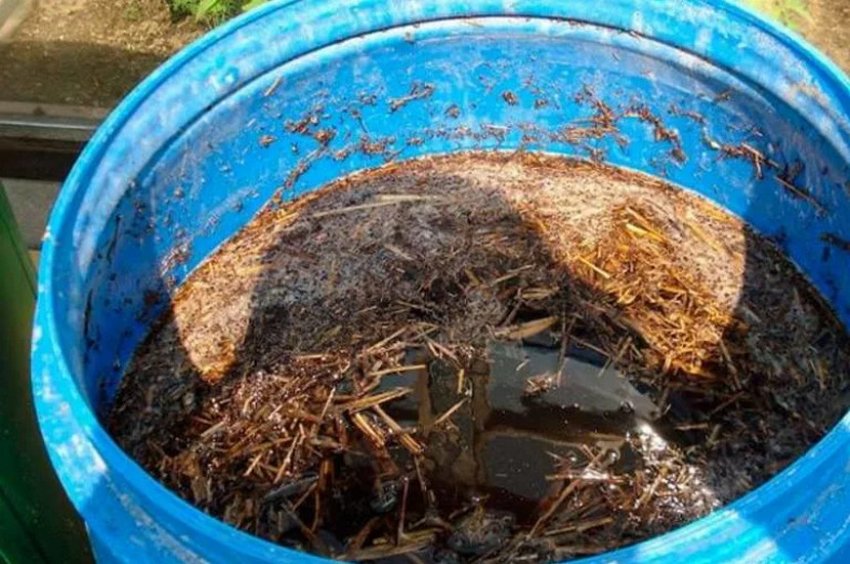
According to the reviews of many gardeners and gardeners, sheep droppings can indeed be considered one of the best fertilizer options, which only a goat species can adequately replace. For these reasons, by properly preparing sheep dung, you will provide your plants with all the necessary nutrients for the entire growth period.
